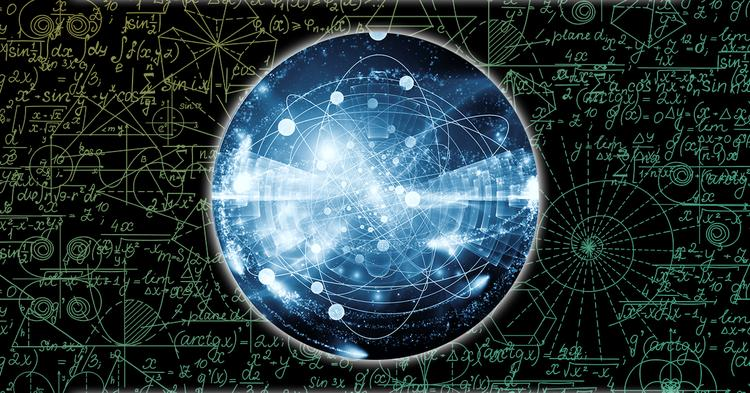Quantum Mechanics

Amari Beach, Jessica Gorski, Rachel Hiesener, and Olivia Miller
Throughout the two weeks at Girls Talk Math, Jessica, Olivia, Rachel, and I were assigned to the topic of Quantum Mechanics. None of us chose to work on this topic as our first choice, but we quickly adapted to the material. During our first week we were all puzzled by the concept of quantum mechanics and the process of breaking down each problem. As the week progressed, we worked as a group and used our resources to work out each problem. By reading the information provided for us and using our previous knowledge from the school year, we were able to break down the formulas and grasp the concepts of the complicated topic of quantum mechanics. Going into the second week of camp, we were more familiar with the material and how to solve these problems. Moving forward we will use the techniques and information we learned to solve problems and apply them to the next obstacle we face dealing with quantum mechanics. As the rest of the week approaches, we are sure to become experts on quantum mechanics and gain a new perspective on math and science.
We used formulas to overcome the challenges of the problems provided, solving for radiancy, momentum, speed (linear and angular), frequency and wavelength.
The study of quantum mechanics began in the early twentieth century, but was built on the years of physics studied before that time. Classical physics (or pre-1900s physics) like classical mechanics, thermodynamics, electromagnetism and the Lorentz Force Law built the foundation for quantum physics. Maxwell's Equation of Electromagnetism and Lorentz Law advanced the study of quantum mechanics by providing the explanation of how electric and magnetic fields are formed by charges and currents and how they interact with each other. Having the Lorentz Force and Electromagnetism combined, creates the understanding that a force felt by a particle with given charge and velocity moving in the presence electric and magnetic fields.
Thermodynamics, although one of the three main branches of classical physics, was flawed, allowing for quantum mechanics to advance and more accurately describe our world. It did however create the most important law in physics, that energy can be neither created or destroyed, just transferred from object to object.
Then, at the turn of the twentieth century, scientists and mathematicians determined that the actually was more to be discovered, going against the beliefs of those who thought there could only be advancement of accuracy not any further discoveries. Quantum theory was then discovered and has continued evolving ever since. Scientists are now trying to build quantum computers and develop other types of quantum technology.
Without quantum mechanics we would not have the computer, Blu-ray player or the smartphone. In these two weeks we have learned a lot about what quantum mechanics has done so far in the world of science, and now we can work to advance it further and achieve great things in the future.